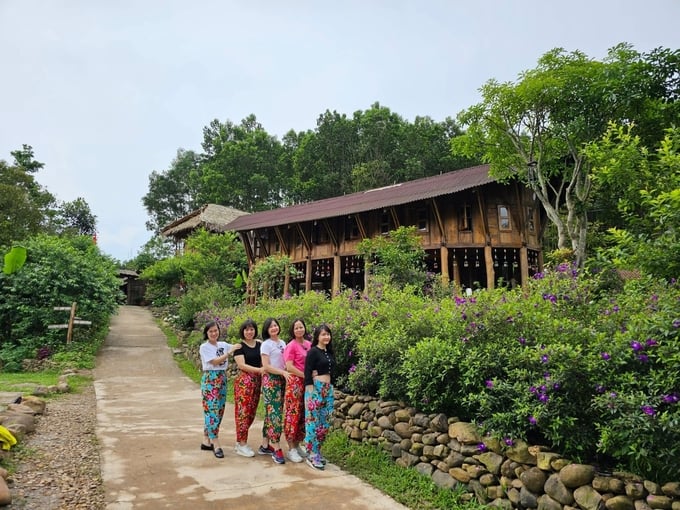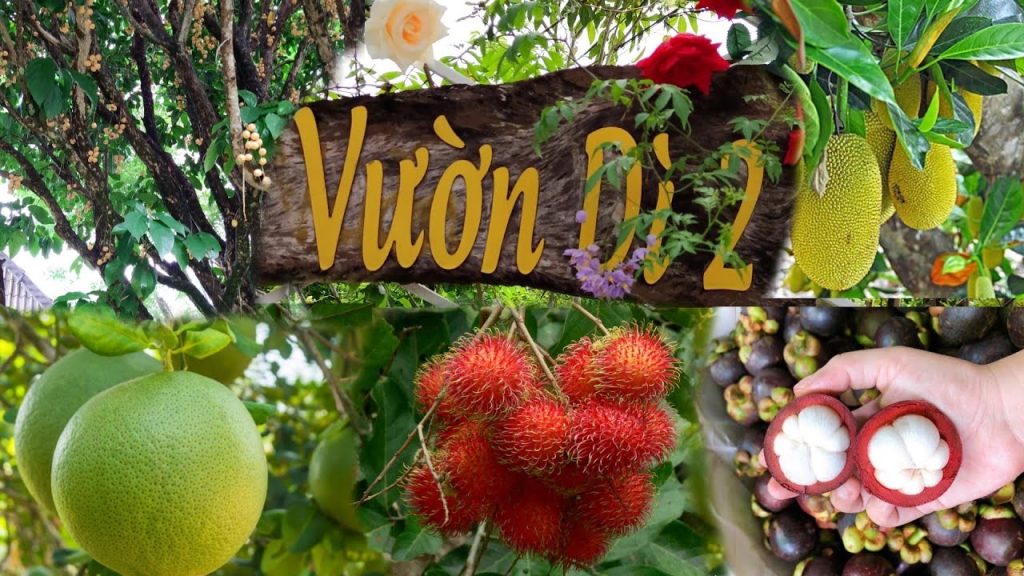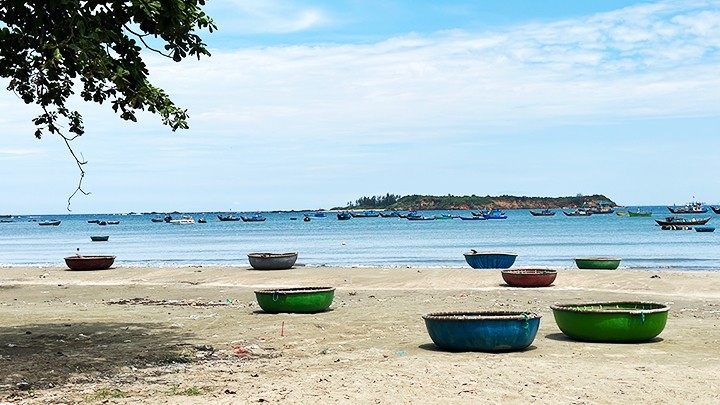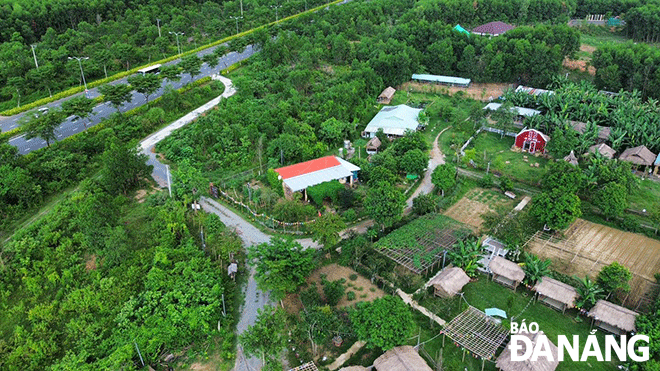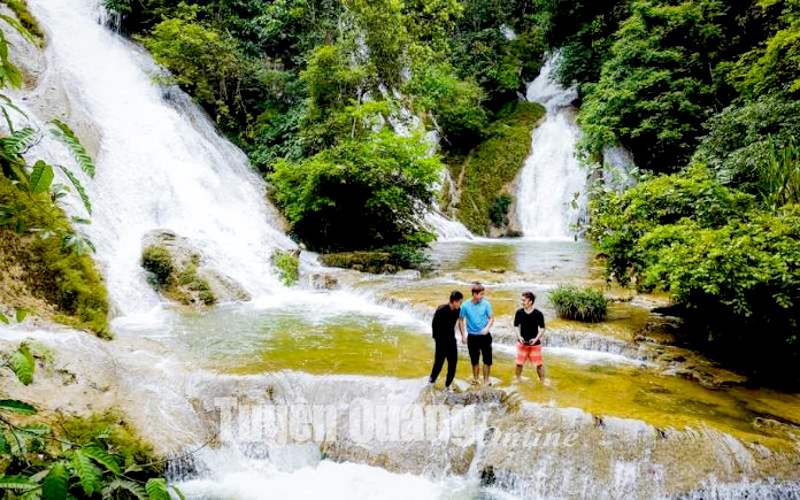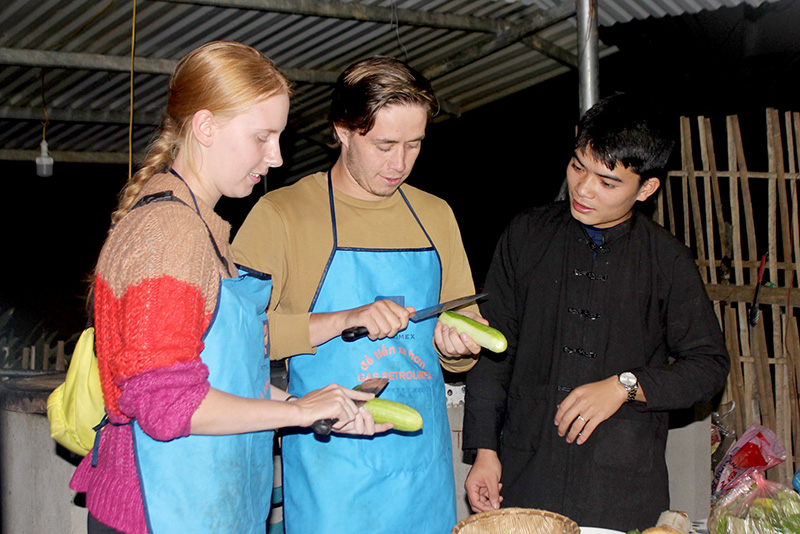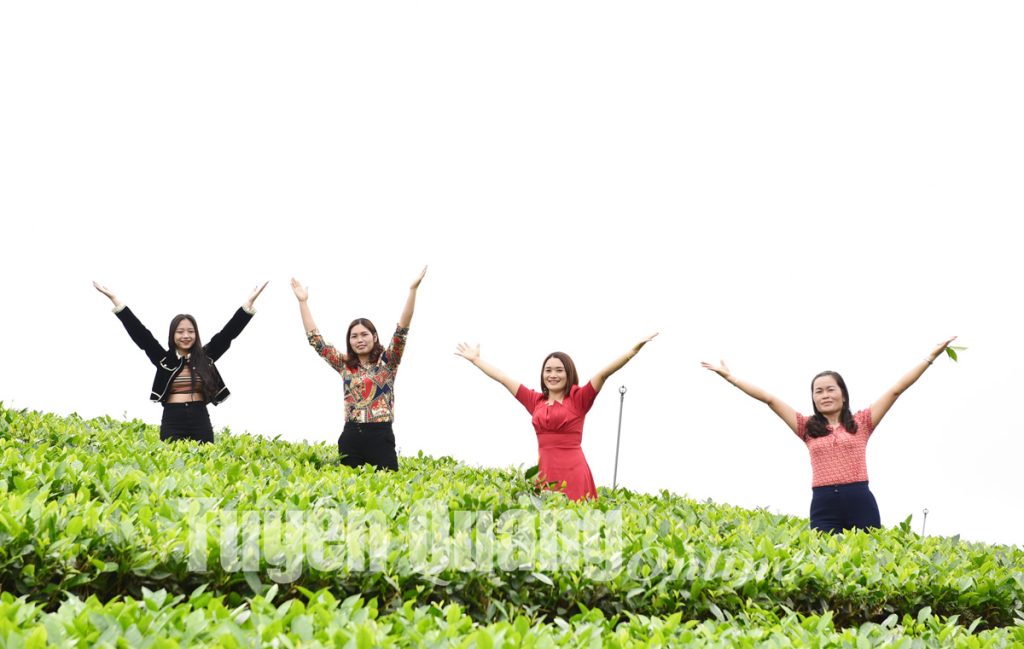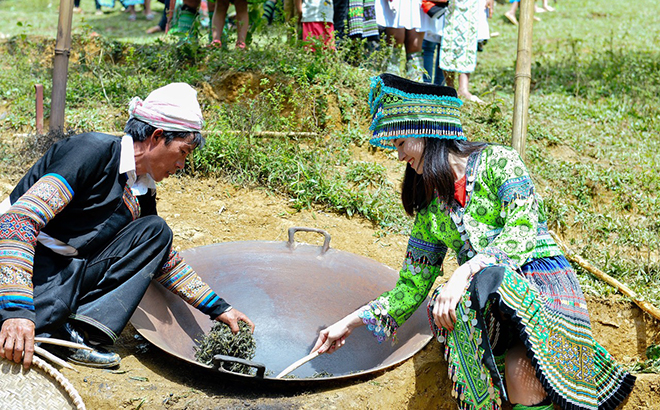(TITC) – Đồng Nai stands out as one of the leading destinations for ecotourism development in Southeast Vietnam. The province boasts pristine natural landscapes, diverse forest ecosystems, and a wealth of captivating attractions. From Bù Gia Mập National Park, Bù Lạch Grasslands, Nam Cát Tiên National Park, and Đồng Nai Nature–Culture Reserve to Giang Điền Waterfall, Bò Cạp Vàng Tourist Area, and Chứa Chan Mountain, these names have become beloved destinations for both domestic and international visitors.
At the Đồng Nai Nature–Culture Reserve, travelers can enjoy unique cultural experiences such as traditional lithophone performances by the S’tiêng ethnic community in Bom Bo Village.
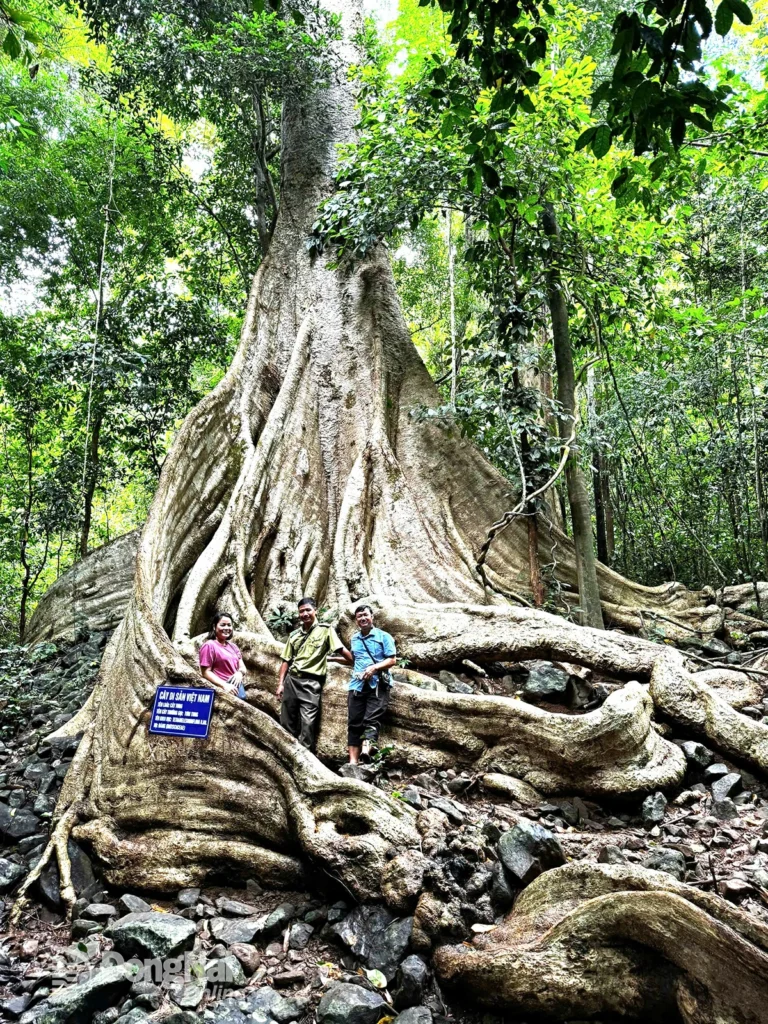
Photo: Dong Nai News
Among its treasures, Bù Gia Mập National Park is a true highlight. Officially recognized as a provincial tourist site in 2022, the park covers nearly 26,000 hectares of primary forest, dotted with natural wonders like Giếng Trời, Đak Bô Waterfall, Đak Ca Stream, Bat Cave, Đak Rốt Waterfall, and Lưu Ly Waterfall. It is home to a rich diversity of plant species, including centuries-old heritage trees honored as part of the “Vietnam Heritage Tree” collection. The area is also inhabited by ethnic groups such as the S’tiêng and M’nông, offering visitors vibrant cultural encounters.
Visitors often choose trekking routes that cut through lush forests, allowing them to immerse themselves in nature while learning about local history and culture. Popular activities include exploring Đak Bô Waterfall, venturing into Bat Cave, and enjoying traditional S’tiêng music, dances, and delicacies like bamboo-tube rice (cơm lam) and jar wine (rượu cần) by the campfire.
No less remarkable is the Bù Lạch Grasslands in Bù Đăng, often likened to Đồng Nai’s “green prairie.” Spanning 500 hectares with 20 interlinked grasslands, the area features a large central lake surrounded by ancient forest – ideal for picnics, camping, forest exploration, and adventure tourism. The local S’tiêng culinary heritage, with specialties like smoked meat, grilled stream fish, and forest vegetables, alongside traditional folk songs and festivals, adds to its charm.
Beyond these signature sites, Đồng Nai is blessed with a diverse terrain of forests, lakes, mountains, rivers, and streams. It is uniquely endowed with the “three dragon lakes”, Phú Riềng, Cần Đơn, and Thác Mơ, forming a picturesque harmony of water and mountains. Other potential ecotourism spots include Mã Đà Forest, Đăk Mai 1 Waterfall, and Bom Bo Reserve.
Recognizing its vast ecotourism potential, Đồng Nai is pursuing sustainable development strategies. The province is investing in key destinations such as Suối Giai Lake Ecotourism Area and Tây Hồ Bà Mụ, with a focus on modern leisure and recreation; Bù Lạch Grasslands with homestay and cultural immersion models; and unique experiential products in Bù Gia Mập National Park.
At the same time, Đồng Nai is actively promoting tourism through domestic and international partnerships with countries such as Laos, Thailand, and Cambodia. Of particular note is the master plan for the Đồng Nai Nature–Culture Reserve, which spans over 100,000 hectares and is backed by an investment of nearly VND 1 trillion. The plan envisions more than 50 tourist sites and around 30 forest exploration routes.
Another key focus is the preservation and development of Chứa Chan Mountain in Xuân Lộc District, a site renowned for its natural beauty and cultural significance. Approved plans for development through 2030 aim to maximize its historical, cultural, and ecological value, positioning it as a must-visit attraction for both domestic and international travelers.
With its strategic planning, clear vision, and abundant natural resources, Đồng Nai is steadily affirming its position as a premier ecotourism destination in Southeast Vietnam.
Tourism Information Technology Center

